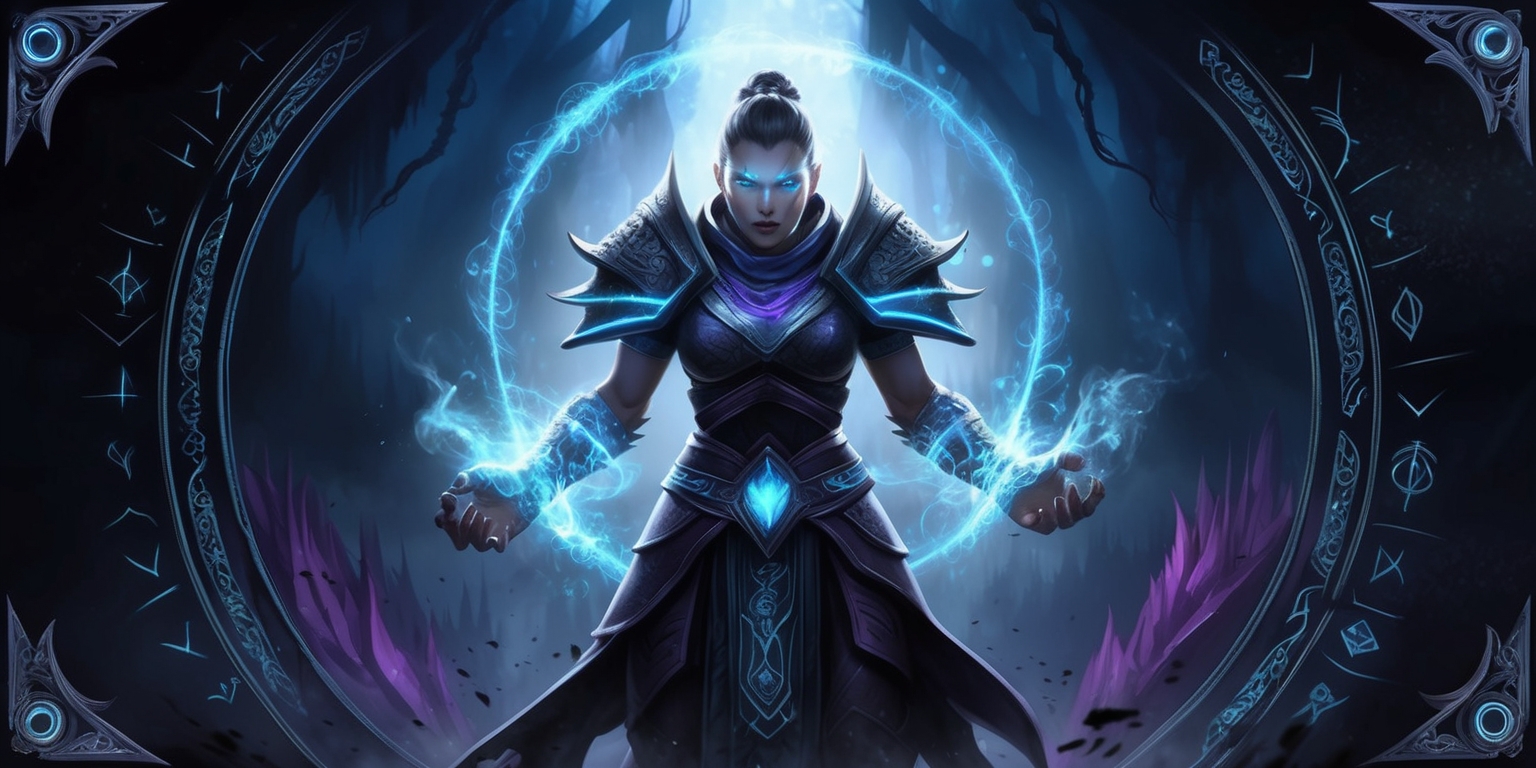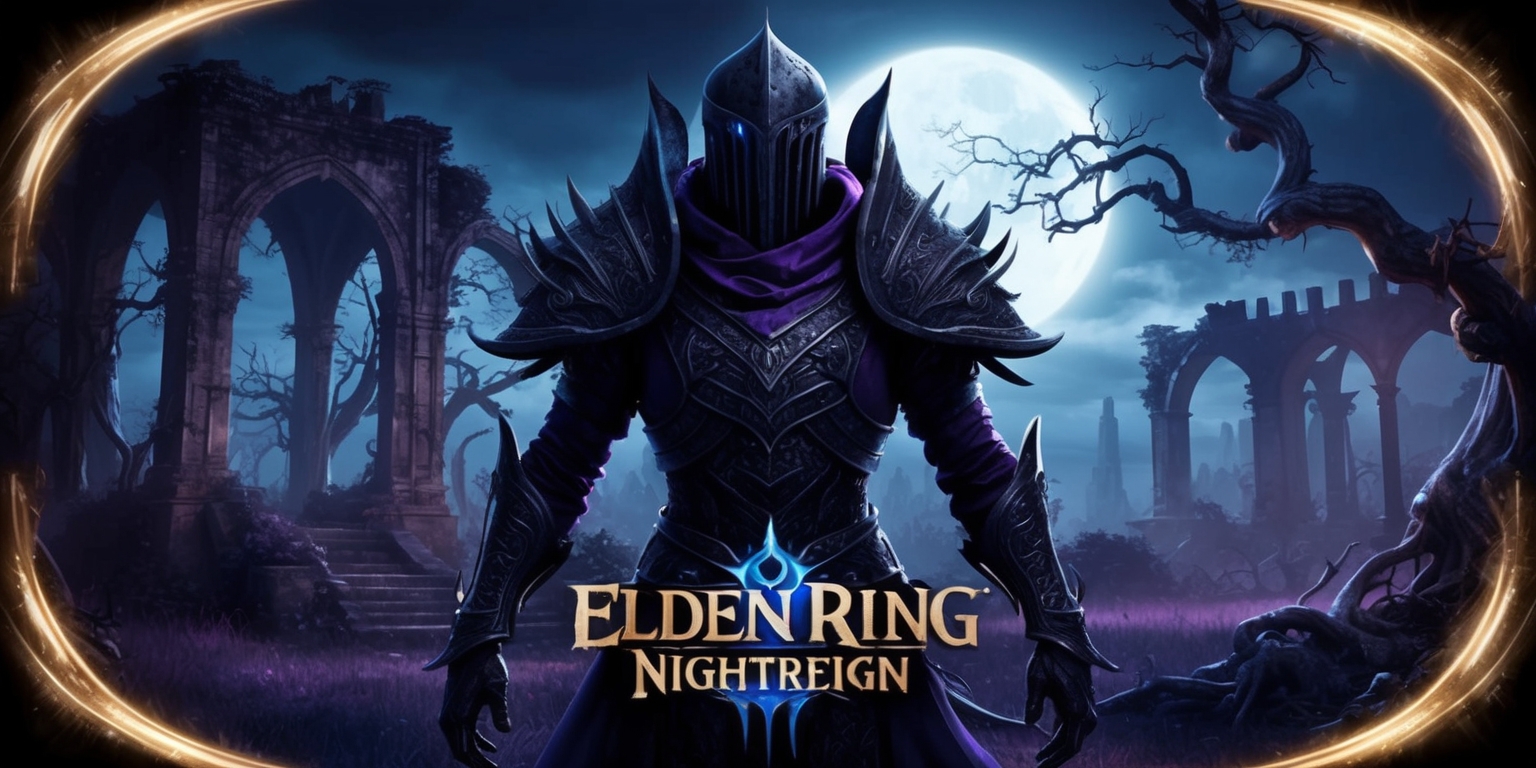Mastering Survival in Nightreign: The Intricate Art of Tactical Healing and Resource Management
- Sep 06, 2025

The intricate dance of survival in Elden Ring Nightreign revolves around the mastery of healing, a cornerstone that determines whether one endures the perpetual onslaught of challenges. Players must remain vigilant, balancing offense with critical resource management, while navigating a Consider this alternative: "realm in which every fleeting second is defined by the." threat of relentless foes and shrinking zones of Security. At its core, this experience is anchored by an uncompromising commitment to protection Healing Flask – a seemingly modest tool that can mean the difference between fleeting victory and a prolonged expedition. This article delves into the multifaceted dimensions of healing, exploring strategies, environmental cues, and game mechanics that allow adventurers to enhance their healing potential, thereby gearing up for the more daunting confrontations that lie ahead in each expedition.
Navigating the Healing Mechanic in a Challenging Environment
The healing mechanism in Elden Ring Nightreign is It's not just an instrument, but a symbol of endurance and strategy. With healing serving as the cornerstone of survival, players must fine-tune their approach to managing scarce resources against mounting threats. The game introduces the Healing Flask as a limited but crucial asset that players must monitor and exploit efficiently. In dynamic combat situations and fluctuating game environments, timely use of healing is vital. The mechanic encourages a careful Striking a perfect equilibrium between discovering new areas and engaging in battle, where every encounter holds its own significance tests the player’s readiness to ration their limited charges. The strategic significance not only highlights survival instincts but also prompts the player to delve deeper into the underlying game systems that reward intelligent decision-making under pressure.
The Restrictive Nature of Limited Flask Charges
At the inception of any expedition in Nightreign, players are granted a modest allotment of three Healing Flask Charges, a figure that serves as both a challenge and a call to tactical resource management. This scarcity forces adventurers to implement efficient strategies rather than relying on an abundant pool of healing aids. The limitation is designed to heighten the tension of survival; each decision about when to use a flask draws more attention to the management of broader battle strategies and navigation of hazardous environments. The challenge lies in maximizing the efficacy of each flask charge, ensuring that every critical health dip is met with an appropriate healing intervention. By introducing strict limits early on, the game creates an environment where tactical thinking and precise resource planning become paramount to overcoming later, more demanding obstacles.
Triumph Over Nighttime Bosses for Flask Gains
The progression within each night in Elden Ring Nightreign is marked by a series of confrontations with formidable bosses. These critical encounters serve as gateways to not only progression in the narrative but also substantial enhancements in the player's healing capabilities. Upon defeating a major adversary at the close of a night, the game rewards players with an additional Healing Flask Charge, transforming tactical victories into tangible benefits for subsequent challenges. This system propels players to confront each boss with renewed zeal, knowing that their success directly correlates with improved survivability in forthcoming replications. The incremental acquisition of flask charges through boss engagements accentuates the overall design philosophy: perseverance and skillful combat are continually rewarded, reinforcing the delicate interplay between battle prowess and strategic resource accumulation.
Role of Statues of Marika in Enhancing Healing Supply

A prominent aspect of boosting one's healing potential revolves around the presence of Statues of Marika scattered throughout the Nightreign map. These statues act as checkpoints that offer vital enhancements to the Healing Flask system. Positioned in strategic locations, the statues allow players to obtain additional healing charges by interacting with a candle-lit table situated nearby. This interaction is subtly indicated through map cues, such as the church icon, which players can use as a guide to quickly locate these life-restoring sanctuaries. The design of the statues also ties into the game’s broader lore, blending functionality with rich narrative elements. By incorporating these well-placed healing nodes, Elden Ring Nightreign provides players with a method to mitigate risks and extend their stamina during protracted encounters with ever-escalating challenges.
The Strategic Approach to Map Exploration and Resource Recovery
A primary factor that underpins the challenge in Nightreign is the ever-encroaching gas that threatens to consume unexplored areas of the map. This mechanic instills a sense of urgency in the player’s exploration efforts, prompting a race not only against adversaries but also against time itself. Careful mapping and deliberate navigation become the norm as adventurers search for Statues of Marika and Sites of Grace. Exploring these key zones in a timely manner is crucial because they offer the chance to replenish your arsenal of Healing Flask Charges. The juxtaposition of relentless environmental change with meticulous resource management adds layers of complexity to the gameplay, urging players to prioritize discovery while mindful of every tactical decision, ultimately enhancing both the immersion and the strategic framework of the game's environment.
Tactical Advancement Through Sequential Boss Challenges
Advancing through successive nights in Nightreign hinges on the player's ability to outmaneuver increasingly difficult boss encounters. Each night features a fresh set of challenges with bosses that not only test combat expertise but also the player’s resource management capabilities by offering extra Healing Flask Charges as rewards. During the early expeditions, these encounters may seem manageable, but later nights introduce events where multiple bosses present simultaneous threats. The design philosophy encourages a methodical approach; by prioritizing the defeat of major adversaries, players can reliably boost their healing capacity to prepare for the ultimate confrontation. This progressive difficulty curve not only makes the act of healing more significant but also underscores the importance of learning and adapting combat strategies as the game intensifies its relentless pace of challenge.
Visual and Environmental Storytelling in Nightreign
The aesthetic design of Nightreign is a rich tapestry that blends foreboding landscapes with intricate environmental storytelling. Every shadowy corner, candle-lit table, and majestic statue contributes to an atmosphere of mystery and latent power. This environment isn’t merely decorative; it actively reinforces the game’s healing and survival mechanisms. For instance, the glowing Statues of Marika serve as beacons in the dark, guiding players toward crucial resource nodes. The ambiance, marked by shifting lighting and dynamic weather conditions, plays a key role in conveying an immediate sense of urgency and impending danger. These visual elements work in harmony with the gameplay mechanics, offering players a deeply immersive experience where every element of the environment can signal both opportunity and peril, thereby requiring a constant state of alertness and adaptability.
Tactical Resource Management and In-Game Economy of Healing
Resource management in Nightreign extends beyond the simple use of healing items, weaving into the broader fabric of the game’s tactical intricacies. Players are encouraged to treat each Healing Flask Charge as a precious commodity, carefully weighing the decision to use it during a skirmish or save it for a potential emergency. This meticulosity creates a subtle in-game economy where the careful allocation of healing resources can determine the trajectory of an expedition. The scarcity of healing charges and the strategic timing required for their utilization add depth to combat encounters. By monitoring both the minutes ticking down and the available flask charges, players engage in a balancing act that Here's one way to rephrase it: "incorporates an equally significant element of measured risk" is about immediate survival. This deliberate pacing reinforces the notion that every action holds measured consequences in a high-stakes environment.
Fusing Offensive Strategies with Critical Defensive Maneuvers
The gameplay dynamics in Nightreign demand that players meld offensive maneuvers with equally vital defensive tactics. While the urge to seek out adversaries and clear paths forward is strong, the game’s design continuously reminds players that a missed healing opportunity can lead to serious setbacks. By carefully timing the use of Healing Flasks, one can offset the damage accumulated during fierce encounters, thereby maintaining pace with the increasing difficulty of enemies and environmental hazards. This balance is crucial, as it prevents an overemphasis on aggression at the expense of personal recovery. The interplay between offensive strategy and critical defense not only fuels a more rewarding combat experience but also heightens the significance of every healing decision, blending both facets into a cohesive and immersive gaming journey.
A Glimpse into the Flask Replenishment Mechanics and Sites of Grace
A crucial element within the strategic toolkit of any player is understanding the mechanics behind flask replenishment. While additional charges can be accumulated through successful encounters, it is equally critical to replenish existing healing flasks continuously. Sites of Grace serve this purpose effectively by allowing players to take a momentary respite from the relentless action. These designated safe zones enable the restoration of Healing Flask Charges, providing an opportunity to strategize and regroup. The game’s design subtly promotes the balanced use of these sites, where players must not only fend off enemies but also plan their route to incorporate periodic healing. This duality of action and recuperation, woven into the level design, ensures that players remain actively involved in both offensive and defensive planning, transforming each step into a strategic choice with lasting impact.
Interpreting the Subtle Messages Behind Healing Enhancements
The layered approach to healing in Nightreign is steeped in symbolism and subtle narrative cues. Healing itself becomes a storytelling device, representing resilience, hope, and the indomitable spirit of the player amidst grim adversities. Each additional Healing Flask Charge, whether earned by overcoming fierce bosses or located near revered statues, carries with it a narrative weight. These moments of recovery punctuate the player's journey, interweaving personal triumphs with the broader lore of the game world. The environment, the architectural marvel of the statues, and even the strategic layout of safe zones all contribute to a narrative that places equal emphasis on individual experiences endurance as it is about overcoming external threats. In this way, every act of healing transcends mere function, becoming an integral part of the immersive storytelling that defines the experience.
Enhancing Survival Through a Combination of Exploration and Combat Acumen
In the ever-challenging realm of Nightreign, survival is a product of both exploration and combat ingenuity. The game's mechanics reward players who invest time in familiarizing themselves with the landscape while also honing their battle tactics. By venturing Veer away from the conventional trail to reveal concealed statues of Marika or to locate unobtrusive Sites of Grace, adventurers can secure additional Healing Flask Charges that prove invaluable in later stages of their journey. These mechanics force players to keep a constant vigil, balancing the lure of exploration with the immediate imperatives of combat. The blend of these two gameplay elements ensures that every expedition is a multifaceted challenge, demanding an equal measure of caution, strategic resource gathering, and daring confrontations against increasingly formidable adversaries.







